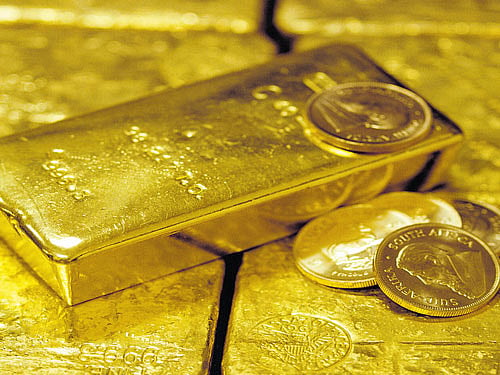
When it comes to portfolio allocation, the inclusion of gold in the investment bag, admittedly, isn’t always the first thing on most investors’ minds. Some consider it to be an old-fashioned relic with little modern-day value. Perhaps, they are unsure of its benefits, but having a slice of precious metal in a portfolio is a smart investment decision.
Reduces volatility to investments
Gold has historically been an excellent hedge against inflation. As long as there is demand for gold, and people seek this commodity for safe-haven purposes, a 5-10% position in a portfolio is well advised.
The old method of picking stocks in each sector may not completely protect a portfolio. Gold valuation tends to rise when others nosedive, and as a means of portfolio diversification, gives the much-needed shield to investors against geopolitical events, currency devaluations and other major uncertainties.
Shares and bonds generate dividend and interest and this makes them reasonably simple to ‘value’. Gold, on the other hand, does not generate regular cash flows, so investors only benefit from capital returns. But then, gold can’t be depleted or destroyed either. However, just as you wouldn’t own a home or car without insurance, the portfolio is incomplete sans gold. Owning gold is more about minimising risks, less about upside potential. Investors, particularly those nearing retirement, should more lean on gold as a safety net.
Gold ETF as the ideal option
While there are many options to own gold, the easiest way to add sheen to a portfolio is through an ETF (Exchange-Traded Fund). This ETF owns the metal, and tracks its price. ETFs have been steadily gaining acceptance in India and gold ETF has surfaced as one of the favourite investments, as they are traded as a stock exchange, providing easy liquidity to investors.
Each unit of ETF is 1 gm of gold. Also, you don’t have to bear high cost unlike physical gold.
The gains are considered as ‘long-term’ after 36 months and there is no wealth tax. The main requirement is that you need to have ‘demat’ and trading account to invest through ETF. Overall, this is the most viable option. While gradual buying over a period of time is a common practice, some fund houses even have the gold Systematic Investment Plan (SIP) option.
The majority of the demand for gold comes from either jewellery or investment, and it has a very low or negative correlation with most other investment assets, which is why it often moves in a different direction to shares.
The yellow metal helps improve the quality of the portfolio returns, which means you can earn the same return by taking less risk.
Although no one can see the future, it is plausible that price for precious metals could go up due to demand-supply factor, and the appreciation could potentially add value to a portfolio.
Investors can ask themselves
Am I well diversified or could my portfolio use more assets that have little correlation to stocks and bonds? Does my portfolio contain assets which may act as an inflation-edge? How important is liquidity to me?
Do I have concerns for the geopolitical risk or the economy? What is my level of risk tolerance? Am I able to endure volatility in precious metal prices? How important to me is portfolio income? What is my investment timeline? Am I looking long-term? Do I understand the risk involved in investing in precious metals?
As the list is by no means all inclusive, do due-diligence and draw your own conclusions. Time horizon and changes in the market fundamentals may call for balancing the asset allocation periodically. By asset allocation, you also ensure the right quality of assets in the portfolio. Remember, gold is respected throughout the world for its value and rich history.
(The writer is a former banker)
